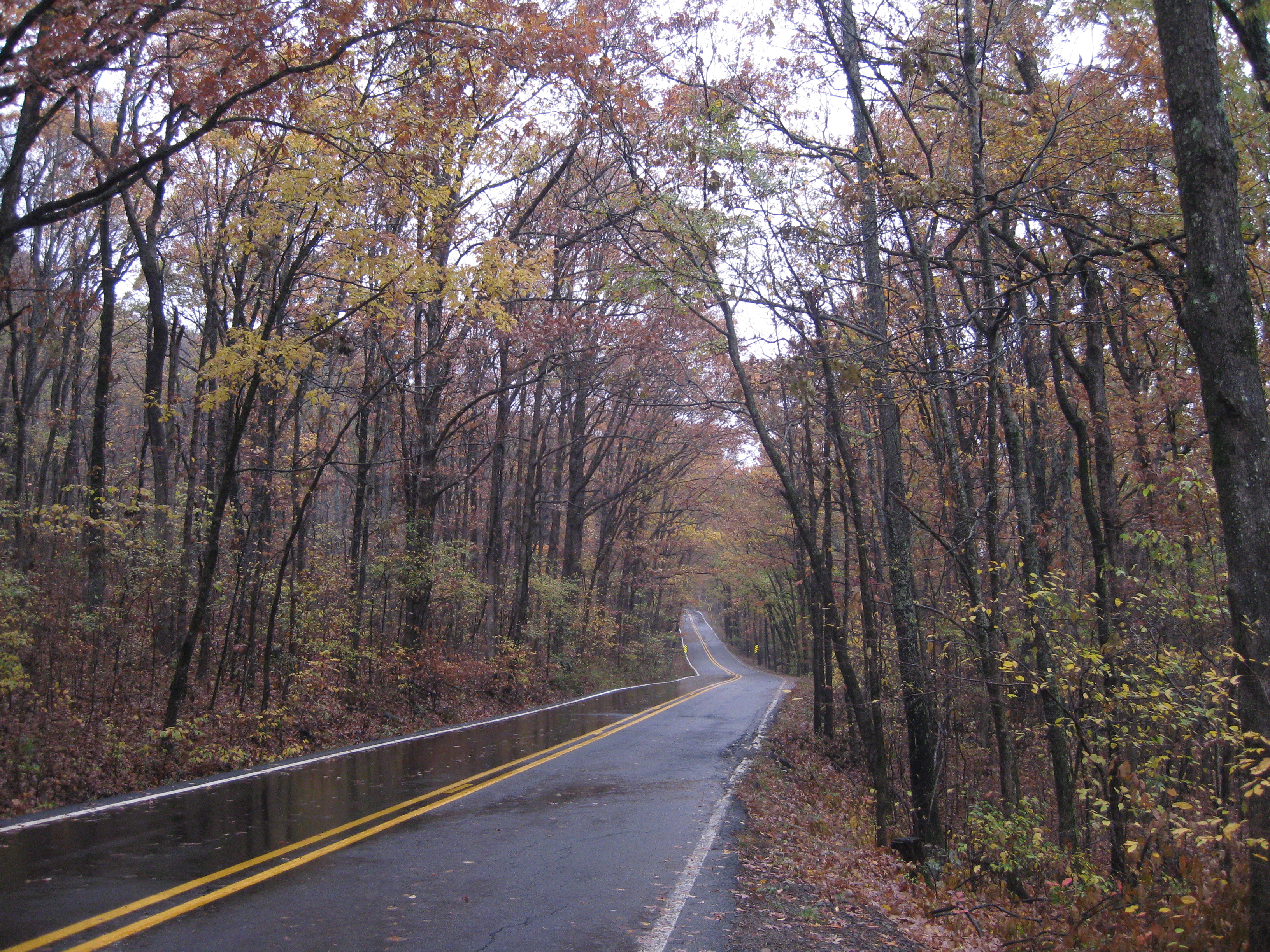Resource Library
Plant of the Week: Quercus – the oaks and their origins
You gotta love trees. And of all the trees in this country, oaks are among the most important. From a biomass standpoint, they produce more than any other group of trees and they are intricately involved in the web of life like few other species. More than 450 life forms interact with oaks – everything from fungi, to bugs, bird and humans. The August 2020 issue of Scientific American reports on how oaks came to be the dominant tree species in North America.
Oaks cover 11 percent of the landmass of North America. Not all of the ground covered in oaks is the familiar oak forests of the Ozarks and delta region. Some of these mighty oaks are dwarf shrubs little over waist high, but most of the 435 species found worldwide are righteous trees. The United States has about 90 recognized species (Arkansas has more than 40 of these) while Mexico and Central America have around 150 species. Together they account for about 60 percent of the world’s total.
Oaks belong to the beech family that appeared about 75 million years ago, a scant 10 million years before dinosaurs went extinct. The first fossil evidence of oaks appeared in Salzburg, Austria as pollen grains laid down in boggy ground 56 million years ago. That was a time of transition in the world with lush, broadleaf and tropical forests disappearing as worldwide temperatures began to cool.
Greenland and much of northern Canada was a cool temperate region where ginkgoes, ashes and other deciduous trees grew. It is speculated that the first oak ancestors arose in this cool, mostly moist northern land sometime after the giant meteorite created the crater at Chicxulub on the Yucatan Peninsula. At that time this northern region was connected by land bridges to modern day Europe and Asia so plants could migrate in any direction.
As temperatures cooled during the Eocene epoch (55 to 34 million years ago), the plants of this north country were pushed south into milder regions. At the same time the Rocky Mountains began to rise, draining the great inland sea that made up what is today the Great Plains. Four of the eight oak tribes; the red oaks, the southern live oak and the golden cup oaks (only found in western states), pushed south, skirting either side of the young Rockies. The white oaks spread into both North America and Eurasia. The rain shadow created by the Rockies left the Great Plains region too dry for oaks, but areas to the East of the Mississippi River Valley proved ideal and oaks flourished and diversified.
By about 40 million years ago the broadleaf forests that dominated much of eastern and western North America began dying out as temperatures cooled further. Increasingly, oaks began filling these open spaces in the ecosystem. Oaks began moving into Mexico, mostly from the eastern part of the continent, between 10 to 20 million years ago. They exploited gaps in the ecosystem, moving up and down mountain ranges to find moisture and temperature regimes to their liking. As they moved further south into more tropical zones, evergreen oaks became the norm. Though this region has more oak species than any other place on earth, they are of recent arrivals from a geological standpoint.
Being wind pollinated, oaks are a promiscuous group but cross pollination occurs only within a given tribe. White oaks cross only with other white oaks, for example. Show anyone with only modest knowledge of plants a tree with an acorn attached, and they will identify it as an oak regardless of what the leaves look like. Surprisingly, because of all the gene swapping that has occurred over the past 50 million years, it is hard for gene jockeys to point to any part of the oak genome and say, “that identifies this species as an oak”. The oak genome is a grab bag of DNA that has been swapped back and forth to create modern oaks, but untangling the ancestry of individual species is still a goal, not a reality.
Oaks like the company of other oaks, regardless of their tribe. Oftentimes, red and white oak species have evolved to fill similar ecological niches. For example, the Cross Timbers region of east central Oklahoma and Texas is largely a stand of post oak (a white oak) and blackjack oaks (a red oak). In ecological terms this pairing of related but not sexually compatible species is called a syngameon. If you look at the distribution map of these two species, they are almost identical. Perhaps they share some common requirement – maybe a soil mycorrhiza that aids in nutrient uptake – that joins them together in a similar environment but biology keeps them from swapping genes.
For more information about horticulture or to see other Plant of the Week columns, visit Extension’s Website, www.uaex.uada.edu, or contact your county extension agent. The Cooperative Extension Service is part of the U of A Division of Agriculture.
